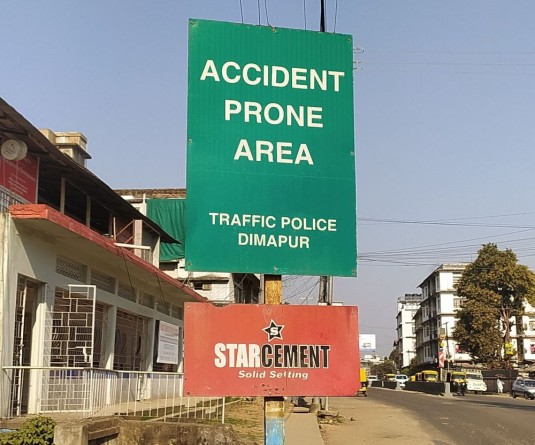
12th June is World Day Against Child Labour
Ranjan K Baruah
Child labour is a common word for many amongst us. It is more common in places where there is poverty. The term “child labour” is defined as work that deprives children of their childhood, their potential and their dignity, and that is harmful to physical and mental development. Child labour has existed to varying extents, through most of history. During the 19th and early 20th centuries, many children aged 5–14 from poorer families still worked in Europe, the United States and various colonies of European powers. These children mainly worked in agriculture, home-based assembly operations, factories, mining and in services such as news boys. Over the years it has come to an end but it has not ended completely in many parts of the world. If we look at some of the facts and figures then we shall find that worldwide 218 million children between 5 and 17 years are in employment. Among them, 152 million are victims of child labour; almost half of them, 73 million, work in hazardous child labour. Almost half of child labour (72.1 million) is to be found in Africa; 62.1 million in the Asia and the Pacific; 10.7 million in the Americas; 1.2 million in the Arab States and 5.5 million in Europe and Central Asia. Among 152 million children in child labour, 88 million are boys and 64 million are girls. Child labour is concentrated primarily in agriculture (71%), which includes fishing, forestry, livestock herding and aquaculture, and comprises both subsistence and commercial farming; 17% in Services; and 12% in the Industrial sector, including mining.
The International Labour Organization (ILO) launched the World Day against Child Labour in 2002 to focus attention on the global extent of child labour and the action and efforts needed to eliminate it. This year, the World Day against Child Labour and the World Day for Safety and Health at Work shine a spotlight on the global need to improve the safety and health of young workers and end child labour.
One of the major aims set for the ILO at its founding in 1919 was the abolition of child labour. The ILO’s adoption of Convention No. 182 in 1999 consolidated the global consensus on child labour elimination. It provided much-needed focus without abandoning the overarching goal, expressed in Convention No. 138, of the effective abolition of child labour.
The Sustainable Development Goals (SDGs) adopted by the world leaders in 2015 (Target 8.7) calls on all to take immediate and effective measures to eradicate forced labour, end modern slavery and human trafficking and secure the prohibition and elimination of all forms of child labour by 2025 as an essential step to achieving decent work for all, full and productive employment and inclusive and sustained economic growth.
There are many initiatives and campaigns and activities are going on to end child labour around the world. In India for example, in Tamil Nadu and Madhya Pradesh, trade unions and their recently organized rural members are implementing the concept of child labour-free villages through dialogue with local leaders and employers. Many collective agreements are being concluded targeting child labour. Similarly, the Federation of Uganda Employers has set up child labour monitoring committees at the local level, including in the coffee, tea, rice and sugar sectors.
Past Observances
- 2017: In conflicts and disasters, protect children from child labour
- 2016: End child labour in supply chains - It's everyone's business!
- 2015: NO to child labour – YES to quality education!
- 2014: Extend social protection: combat child labour!
- 2013: No to child labour in domestic work!
- 2012: Human rights and social justice... let's end child labour
- 2011: Warning! Children in hazardous work
Together we can bring an end to this existing problem. Children are supposed to be in schools and get education. We must make sure that no child goes for work and if we see something like that then we must take action immediately. Apart from government there are many other organisations which are working for the child rights. As an individual each and every one of us can make a difference. (With inputs from UN / ILO publication and feedback may be sent to bkranjan@gmail.com)



